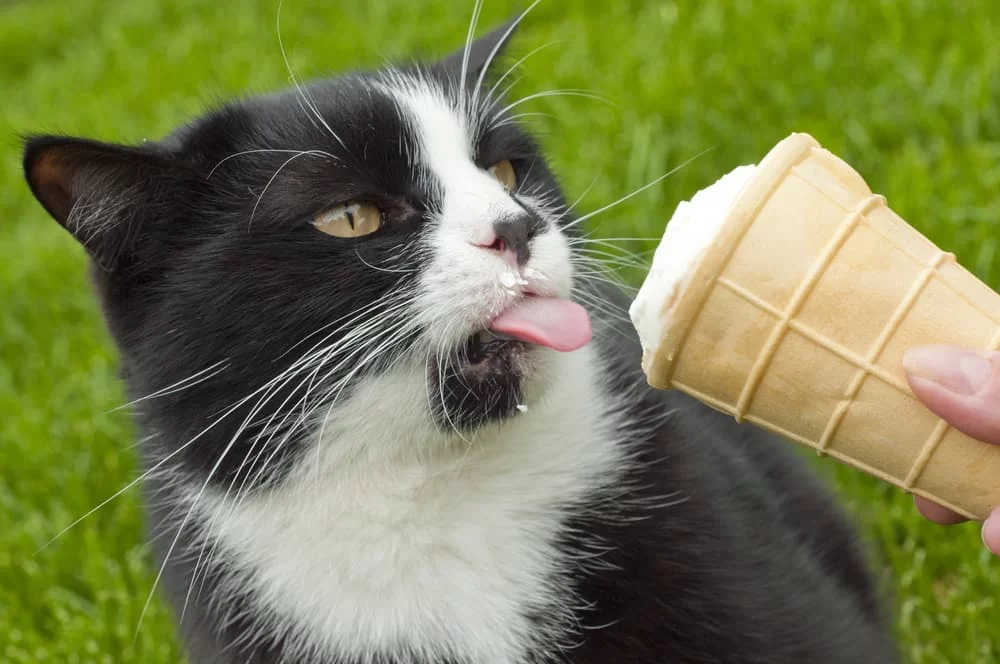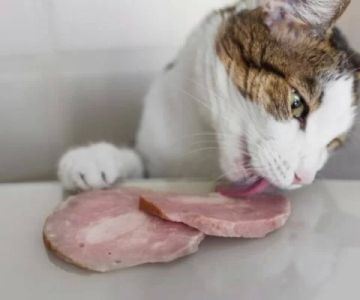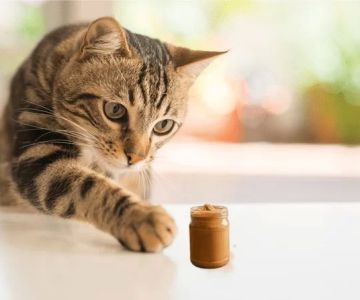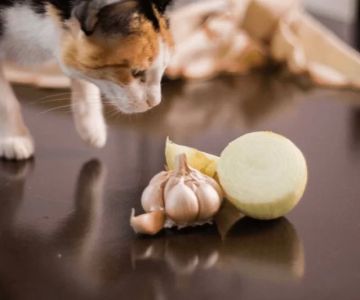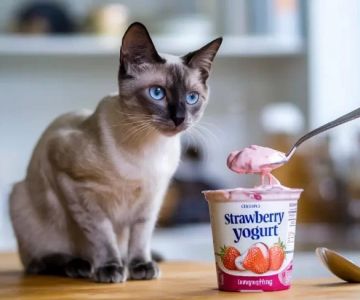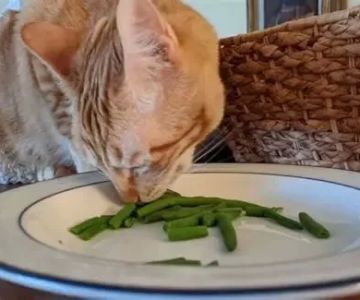Can Cats Eat Ice Cream? What You Need to Know
We’ve all seen the viral videos of cats with their curious little faces licking a spoon of ice cream, and it’s tempting to think it might be a fun treat for our feline friends. But as a responsible pet owner, it’s important to ask: Can cats really eat ice cream safely? What impact does ice cream have on their health? In this article, we’ll explore the truth behind feeding cats ice cream, the potential risks, and the best ways to keep your pet safe and healthy while still indulging their curious tastes.
Why Do Cats Like Ice Cream?
If you’ve ever shared a small spoonful of ice cream with your cat, you might have noticed their interest. But why does your cat seem so drawn to this treat? It all comes down to curiosity and the scent. Cats are natural explorers, and anything that catches their attention—especially a cold, creamy treat—will certainly intrigue them. Many cats are drawn to the fat content of ice cream, as fat is an essential nutrient for them, and they may find the texture interesting to lick or nibble on. But does this mean ice cream is a good choice for your cat? Let’s find out.
The Problem with Dairy and Cats
While cats may be attracted to the taste and texture of ice cream, the reality is that most adult cats are lactose intolerant. This means that their digestive systems are not equipped to process lactose, the sugar found in milk and dairy products. When lactose-intolerant cats consume dairy, they can experience a range of digestive issues, from mild discomfort to more severe symptoms like diarrhea, vomiting, and stomach cramps.
As a kitten, cats are able to digest milk due to the presence of lactase, the enzyme that breaks down lactose. However, as they mature and transition to solid food, their production of lactase decreases, which means that most adult cats cannot digest dairy products effectively. So, while your cat may seem to enjoy the taste of ice cream, it could lead to unpleasant consequences shortly after they indulge.
Why Ice Cream is Not a Safe Treat for Cats
Even if your cat doesn’t show immediate signs of discomfort after eating ice cream, there are other reasons why this treat is not a good idea. Aside from the lactose issue, ice cream is loaded with sugar and fat, both of which are not ideal for cats. Consuming sugary or fatty foods can contribute to obesity, diabetes, and other health problems, especially in cats that are already predisposed to weight gain or have underlying conditions like insulin resistance.
Another consideration is the artificial additives and flavors often found in ice cream. Some ice cream brands contain chocolate, which is toxic to cats, as well as other ingredients like xylitol, a sugar substitute that can be extremely dangerous for cats. Even the more basic, plain vanilla or strawberry ice cream can contain preservatives and additives that are not suitable for a cat's digestive system.
What Happens If a Cat Eats Ice Cream?
1. Digestive Distress
If your cat consumes ice cream, the most common side effect is digestive upset. As mentioned, lactose intolerance is the main culprit. Your cat may experience symptoms such as bloating, gas, diarrhea, and vomiting. These symptoms can range from mild to severe depending on how much ice cream they’ve eaten and how sensitive their stomach is to dairy.
2. Risk of Obesity
Frequent indulgence in sugary and fatty treats like ice cream can lead to weight gain in cats. Obesity is a growing concern in the pet community, as it can cause long-term health problems, such as arthritis, heart disease, and diabetes. Even a small amount of ice cream on a regular basis could contribute to weight gain, especially if your cat isn’t particularly active.
3. Toxic Ingredients
Some ice creams may contain toxic ingredients for cats. For example, chocolate ice cream contains theobromine, which is highly toxic to cats. Other artificial sweeteners like xylitol can cause rapid insulin release, leading to dangerous drops in blood sugar. Even if your cat doesn’t show immediate signs of toxicity, these ingredients can cause long-term harm to their health.
Alternatives to Ice Cream for Cats
While it’s best to avoid giving your cat ice cream, there are healthier alternatives that can satisfy their cravings for something tasty without risking their health.
1. Frozen Cat Treats
Fortunately, there are many pet-safe frozen treats available on the market designed specifically for cats. These treats are made with ingredients that are easy for cats to digest and typically don’t contain harmful additives like sugar or chocolate. You can even make your own frozen treats at home using cat-safe ingredients like plain yogurt (without added sugar or flavorings), chicken broth, or tuna water. Simply freeze the liquid into ice cube trays or silicone molds for a fun and safe treat your cat can enjoy on a hot day.
2. Cat-Safe Ice Creams
Believe it or not, there are ice cream alternatives made specifically for cats. These products are typically lactose-free and made with ingredients that are safe for feline digestion. These special "cat ice creams" come in a variety of flavors, such as tuna, chicken, or even salmon. When choosing a cat-safe ice cream, always read the label to ensure it doesn’t contain harmful additives.
3. Frozen Broth Popsicles
If you’re feeling adventurous, you can create your own frozen treats by making popsicles from low-sodium chicken or beef broth. Simply pour the broth into molds, freeze it, and serve it to your cat as a refreshing snack. Just make sure the broth is free of onions, garlic, and other harmful ingredients, as these can be toxic to cats.
What to Do If Your Cat Eats Ice Cream
If you suspect that your cat has eaten ice cream or another dairy product, the best thing to do is monitor them closely for any signs of distress. If they start showing symptoms like vomiting, diarrhea, or bloating, it’s important to contact your vet for advice. Depending on the severity of the reaction, they may suggest keeping your cat hydrated, offering bland food, or in extreme cases, bringing them in for treatment.
It’s also important to remember that occasional minor exposure to ice cream may not cause severe harm, but it’s best to avoid making it a habit. Preventing your cat from accessing harmful foods is the key to maintaining their health and well-being.
Conclusion: Is Ice Cream Safe for Cats?
In summary, while ice cream may seem like a fun treat to share with your cat, it’s not the best option for their health. Cats are typically lactose intolerant, and ice cream contains not only dairy but also sugar and fat, which can lead to digestive problems, obesity, and even toxicity. Instead of ice cream, try offering your cat a safe, healthy alternative designed for their needs. Your feline friend will thank you for keeping them safe and happy!

